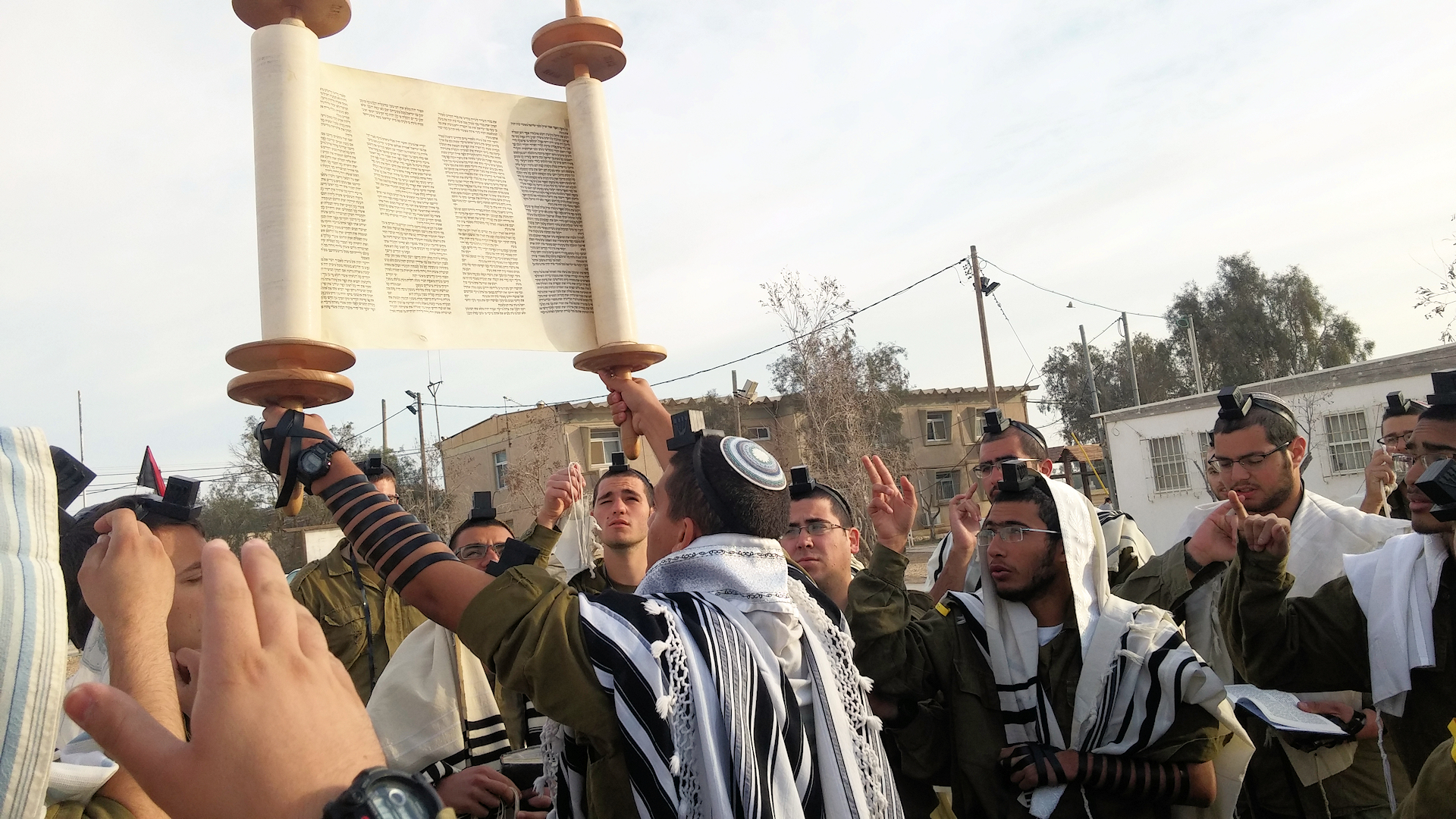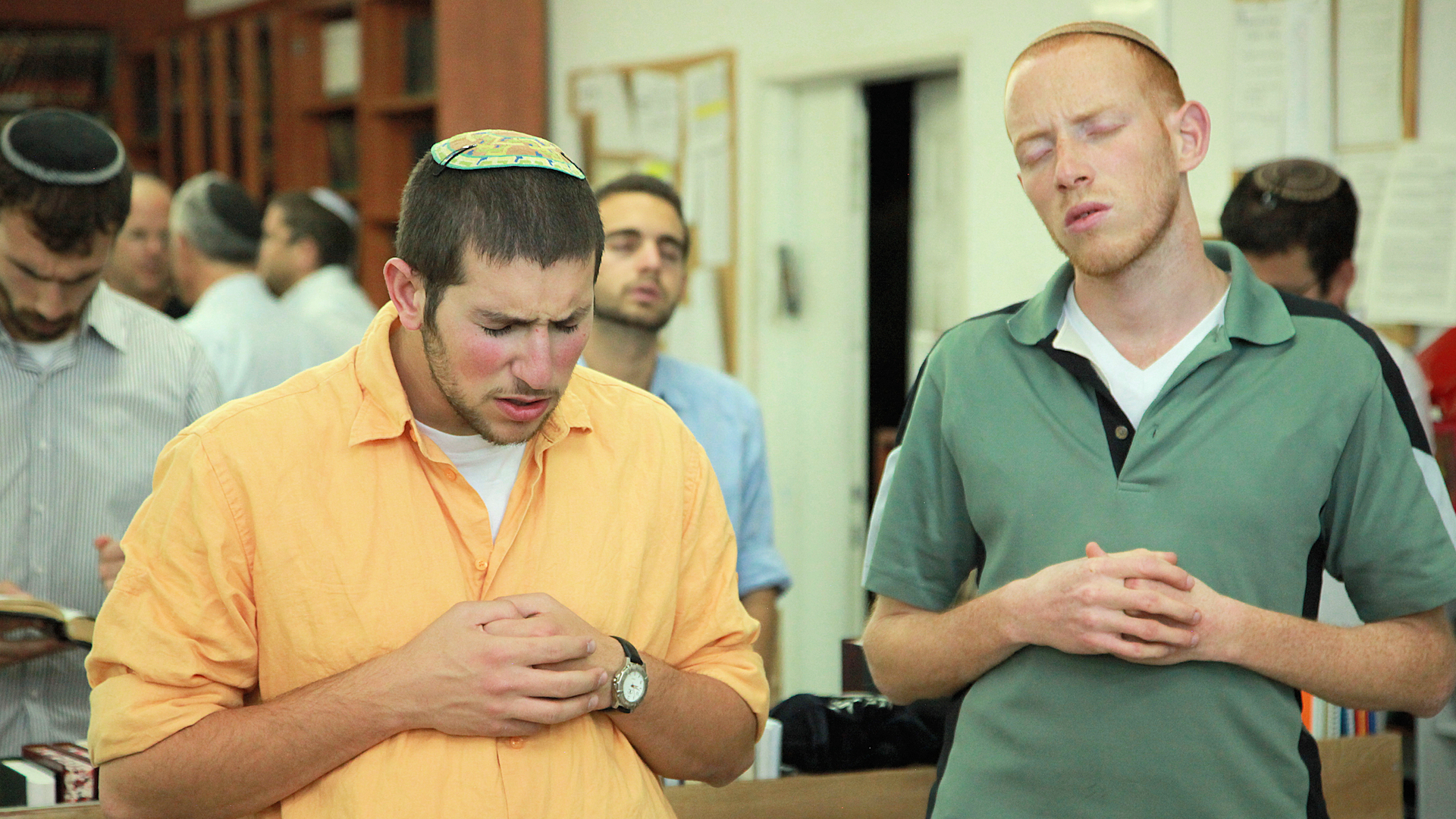Blowing the Shofar and dealing with the challenges of time
Rabbi Eliezer Shenvald
The Parasha in the everyday life - Rosh Hashana – 5781
Rosh Hashanah's blowing Shofar is intended, among other things, for self-examination and repentance, personally and in general:
אַף עַל פִּי שֶׁתְּקִיעַת שׁוֹפָר בְּרֹאשׁ הַשָּׁנָה גְּזֵרַת הַכָּתוּב רֶמֶז יֵשׁ בּוֹ כְּלוֹמַר עוּרוּ יְשֵׁנִים מִשְּׁנַתְכֶם וְנִרְדָּמִים הָקִיצוּ מִתַּרְדֵּמַתְכֶם וְחַפְּשׂוּ בְּמַעֲשֵׂיכֶם וְחִזְרוּ בִּתְשׁוּבָה
"Notwithstanding that the blowing of the ram's horn trumpet on Rosh ha-Shanah is a Scriptural statute, its blast is symbolic, as if saying: "Ye that sleep, bestir yourselves from your sleep, and ye slumbering, emerge from your slumber, examine your conduct, turn in repentance" (Rambam- Mishneh Torah Repentance 3:4)
ר"ה הוא ראשון ליו"ד ימי תשובה ותוקעין בו בשופר להכריז על ראשינו כמי שמזהיר ואומר כל הרוצה לשוב ישוב
For Rosh Hashanah is "the first of the ten days of Teshuvah, and a trumpet will be blown to declare on top of our heads, as one who warns and says: Anyone who wants to repent, can" (Sounding of the Shofar Rav Saadiah Gaon's Ten Reasons for Shofar Sounding).
This principle is implied in the verse we mention before the Tekiot:
אַשְׁרֵ֣י הָ֭עָם יוֹדְעֵ֣י תְרוּעָ֑ה ה' בְּֽאוֹר־פָּנֶ֥יךָ יְהַלֵּכֽוּן׃
"Happy is the people who know the joyful shout; O Hashem, they walk in the light of Your presence".
אשרי העם יודעי תרועה, שיודעים ומכירים את כח התשובה, הבא ע"י סגולת התרועה, המתגלה בימי הרצון האלה, לתקון הלב בתשובה,
"Blessed are the people who recognize the blast - who know and recognize the power of repentance, which comes by the virtue of the blast, which is revealed in these days, to correct the heart in repentance" (Olat Reiyah Shofar).
Thus, Rosh Hashanah and the Ten Days of Repentance are a kind of opening for processes that need to be continued throughout the year:
וע"י ידיעתם והכרתם זו הם ממשיכים אותה גם אחרי שעברה מלפני עיניהם, וגם בככל השנה אור ד' לפניהם, להורות להם דרך החיים והטוב, ד' באור פניך יהלכון.
"And by them knowing and being aware, they continue it, even after it has passed, and throughout the year Hashem's light is in front of them, to instruct them through life and goodness - they walk in the light of Your presence" (ibid)
Life challenges and repentance have several components; there is a perceptual-conscious challenge related to opinions and thought and there is a challenge related to the course of practical life, to the difficulties and temptations they pose to man. Therefore, there are different types of blasting in the shofar תְּקִיעָה-teki’ah,-תְּרוּעָה teru'ahs, which are intended for this purpose.
והנה הגר"א ז"ל ביאר בפי' לס' משלי שהשלמות השכלית נמשלת לתכשיט שהוא עשוי מחתיכה אחת מפני שהשכל הוא אחד, ושלמות המעשים נמשלת לתכשיט מחובר מחלקים נפרדים. והכא נמי נאמר שנגד השלמת השכל באה התקיעה שהיא אחת, ונגד השלמת המעשים ושבירת התאוה באה התרועה שהיא מחוברת מחלקים נפרדים
"The late HaGra ("HaGaon Rabbenu Eliyahu- Vilna Gaon) clarified in his commentary for the Book of Proverbs, that the intellectual perfection is compared to a piece of jewelry that is made of one piece because the mind is one-teki’ah, and the perfection of deeds is compared to a piece of jewelry made of separate parts as is the breaking of temptations like the blast that is made from separate parts - teru'ahs” (Midbar Shur 8).
The teki’ah blast is a long, abstract voice – reminds us of our thoughts, and the teru’ah is the composition of privatized voices, which stand for the world of actions consisting of details and minute details.
Different are the challenges and repentance goals from time to time. Therefore, it is not possible to copy them from year to year and all the more so from generation to generation:
“And if a person comes to renew supreme things within Teshuvah at this time and does not look at the revealed end and the light of shining salvation, he will not be able to target anything to the truth of the Torah. Because every time shines in its own capacity”. (Igrot Reiyah, Igeret HaTshuva part 2)
Last week we presented the main challenge of the religious public in our time the cause for a high percentage of ex-religious people (Datlashim). There is no doubt that this is one of the main challenges of the 'Teshuva-repentance' and the correction in which we must focus this coming Rosh Hashanah, and from there continue during the rest of the year. Here, too, 'teki’ah and teru’ah' are required. The religious public that integrates into the general society is required to face the perceptual and mental challenge of the postmodern and pluralistic era.
“דור שבן דוד בא בו …. והאמת נעדרת שנאמר (ישעיהו נט, טו) ותהי האמת נעדרת (וסר מרע משתולל) מאי ותהי האמת נעדרת אמרי דבי רב מלמד שנעשית עדרים עדרים והולכת לה”
“During the generation that the son of David comes… And the truth will be lacking, as it is stated: “And the truth is lacking [ne’ederet], and he who departs from evil is negated” (Ishayahu 59:15). What is the meaning of the phrase: And the truth is lacking [ne’ederet]? The Sages of the study hall of Rav said: This teaches that truth will become like so many flocks [adarim] and walk away”. (Sanhedrin 97a)
On the eve of the revelation of the "exclusive truth" of redemption, there are different and contradictory conceptions in the world that claim to be equal. Split into so many flocks. Postmodernism challenges the 'one truth', it is all considered 'narratives' and every conception is given equal weight. This perception receives pluralistic empowerment in the way different perceptions are presented in the media by ‘important’ and ‘leading’ people, and in ‘posts’ in the social media.
It is a confusing cultural atmosphere that makes it difficult to conceptually distinguish the truth of religious faith as the 'absolute truth' of life, and especially that it involves a demanding lifestyle. A truth that we are willing to sacrifice for. It is required a ‘faith-mindedness' repentance' which is like the nature of the 'teki’ah'; A blast that calls for expanding the practice of clearly perceptual beliefs. There is a gap in faith studies in the scope of study as well as in focus and content.
The study is based on classic books by great men of thought and faith who faced the challenges of their generation. In this study, there is a duty to exhaust the essence of the principles that have become clear there, but no less important to apply their affiliation to what is happening in our generation. Sometimes the teachers themselves are not sufficiently aware of the current moods and do not know for sure the challenges that the generation faces.
We will deal with the practical challenges of life of the 'teru’ah' in the next issue.
שָׁנָה טוֹבָה Shana Tova, (Good year),
כתיבה וחתימה טובה Ktiva Ve’Chatima Tova (May you be inscribed in the Book of Life for Good),
health and blessings.



